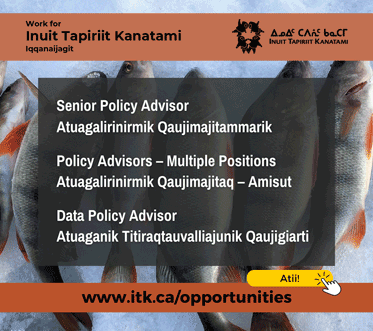Soda pop re-sellers look for big online profits in Nunavut
Soda pop fetches high prices at Facebook auctions

Thirsty for soda pop? Facebook swap and sell pages offer online bidding for soda pop at prices far higher than in local stores. (PHOTO/ FACEBOOK)
Unlike bootlegging booze or selling drugs, there’s no law in Nunavut against selling soda pop outside of retail stores.
But some in Nunavut gouge consumers for cans of soda pop through online Facebook auctions.
These can see the price per can of soda pop jump to more than five times higher than on the shelves in local stores.
In the Kitikmeot community of Kugaaruk, there was a lack of soda pop, leading up the annual resupply — and people recently made bids on the community’s sell and swap Facebook which would see soda pop sell for $14, or more, for a can.
In another community, a thirsty pop-drinker offered to trade maktaaq from a narwhal for a 12-pack of soda pop.
At the end of the summer, it’s not unusual for soda pop and other sugary drinks to be at a premium in Nunavut communities.
The drinks are generally transported north by sealift — as these can’t benefit under any Nutrition North Canada subsidies that help with air freight for fresh and less sugar-laden and processed foods.
But one thing that hasn’t changed due to Nutrition North’s effort to improve eating habits by making junk food more expensive: Nunavut loves its soda pop.
A research study from Nunavut found many in the Baffin community of Pangnirtung regularly downed two cans of soda a day.
And in 2013, people in Kimmirut collected 80,000 used pop cans, enough to fill sealift containers, that is, about 160 cans for every person — elder, woman, man, child and baby in the community for the Arctic Co-operatives Ltd.‘s can recycling effort.
An ACL manager suggested that Iqaluit could potentially fill 14 sealift containers with its used pop cans — some 560,000 cans.
The Government of Nunavut has worked to see people in the territory get off their addiction to soda pop through its “Drop the Pop” program with schools. Its message: “Drop the Pop! Be aware of the sugar in your drinks — make water your main drink!”
The public health arguments for this campaign are easy to find. Soda pop is already known to contribute to Nunavut’s high rates of extreme tooth decay and obesity among children.
And now there’s another reason, suggest researchers, to steer young girls in Nunavut towards more nutritious beverages — drinking more than one soda pop a day may lead them to earlier puberty and later, this may also increase their risk of developing breast cancer.
The American Heart Association says children should consume no more than six teaspoons of sugar in their daily diet for a healthy heart: A 12-ounce can of regular Coke contains 39 grams of sugar, which is about nine teaspoons of sugar.




(0) Comments